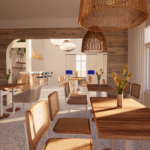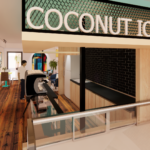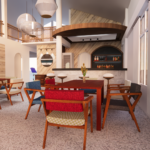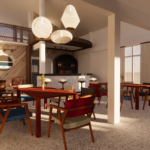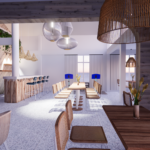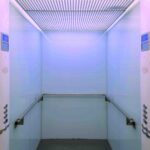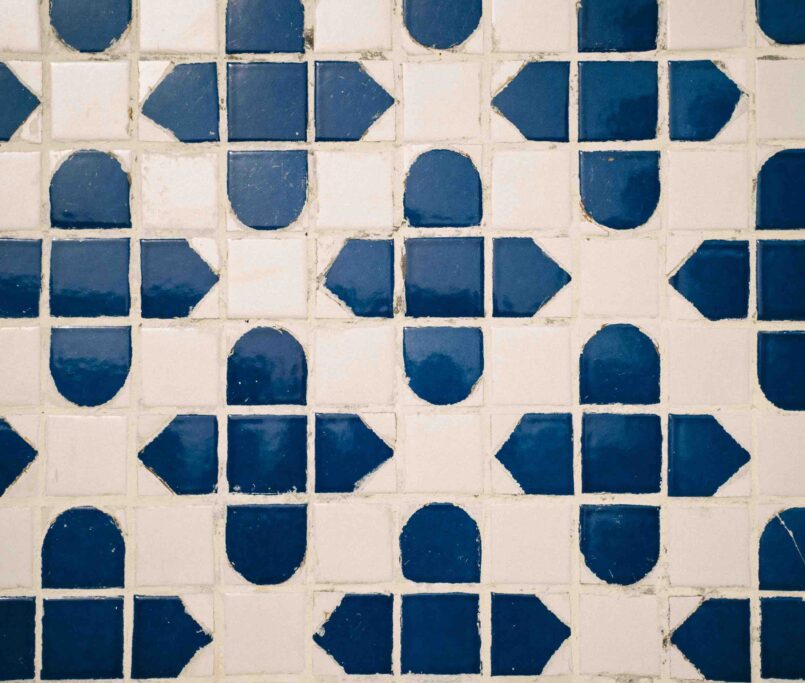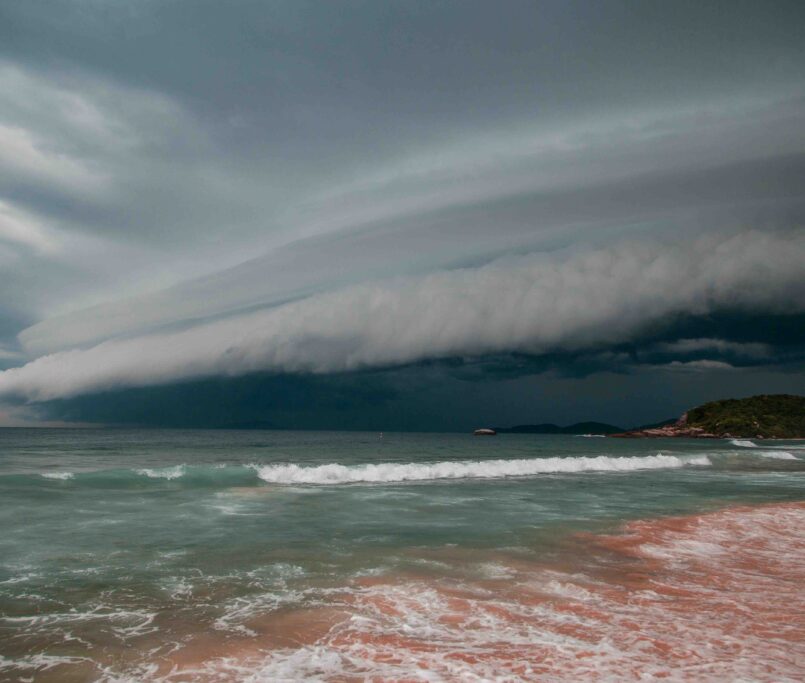PVC Wall Panels: A Wise Interior Choice for Tropical Villas?
PVC wall panels are increasingly considered in tropical villas, thanks to their resistance to moisture and pests. But how do they stack up against other common finishes — and are they the best long-term choice?
PVC Performance in Humid, Pest-Prone Environments
In Koh Samui’s tropical climate, interior wall finishes must tolerate high humidity, salt air, and termites. While gypsum crumbles and low-grade MDF swells, PVC panels resist water and biological damage. This makes them useful in bathrooms, kitchens, utility rooms, or rental villas that may sit unoccupied for months at a time.
That said, High Pressure Laminates (HPL) — bonded onto marine ply or fibre cement board — can also offer excellent moisture resistance, with greater surface hardness and design flexibility. However, they require skilled installation and tend to be more expensive overall.
Fibre cement board is another solid choice where impact resistance or fire rating is a priority, but it requires painting or cladding and can crack if poorly installed.
PVC, by contrast, is lightweight, pre-finished, and easier to work with, though it lacks the structural integrity and tactile quality of heavier materials.
Ease of Maintenance and Appearance
PVC panels are wipe-clean and don’t require grouting, unlike ceramic tile. This gives them a maintenance advantage in high-use areas or second homes. However, their visual appeal varies — many mimic natural textures (timber, stone, concrete), but the effect isn’t always convincing up close.
Pro Tip: For clean, water-resistant installation, use silicone joints, not visible trim clips — especially in wet areas. It improves both hygiene and aesthetics.
Designers aiming for a more premium, tactile look may prefer HPL or real materials, especially in living spaces or bedrooms, where visual warmth and acoustic quality matter more than washability.
Environmental and Health Considerations
PVC has a mixed environmental profile. It’s recyclable, but only in specialist systems, and it’s derived from fossil fuels. Choose low-VOC panels to minimise off-gassing — particularly important in sealed, air-conditioned rooms.
HPL and cement board are more inert once installed but require more embodied energy to produce and transport. In remote island locations, availability and lead time often affect the choice more than ideology.
When PVC Panels Make Sense
If the goal is a cost-effective, quick-install, low-maintenance solution — such as in rental villas, staff quarters, or service areas — PVC panels are worth considering. With panels at least 8mm thick, and when installed properly, they can last 15–20 years.
But for main living zones, where acoustics, finish quality, and tactile feel matter, other systems like HPL or cement board cladding are options but for a more budget material, this could fit the job perfectly!
For professional advice on interior finishes for tropical homes, visit our blog, or contact us to discuss your project’s needs.
You can also follow Nay’s insights and real-world architectural tips on YouTube.

